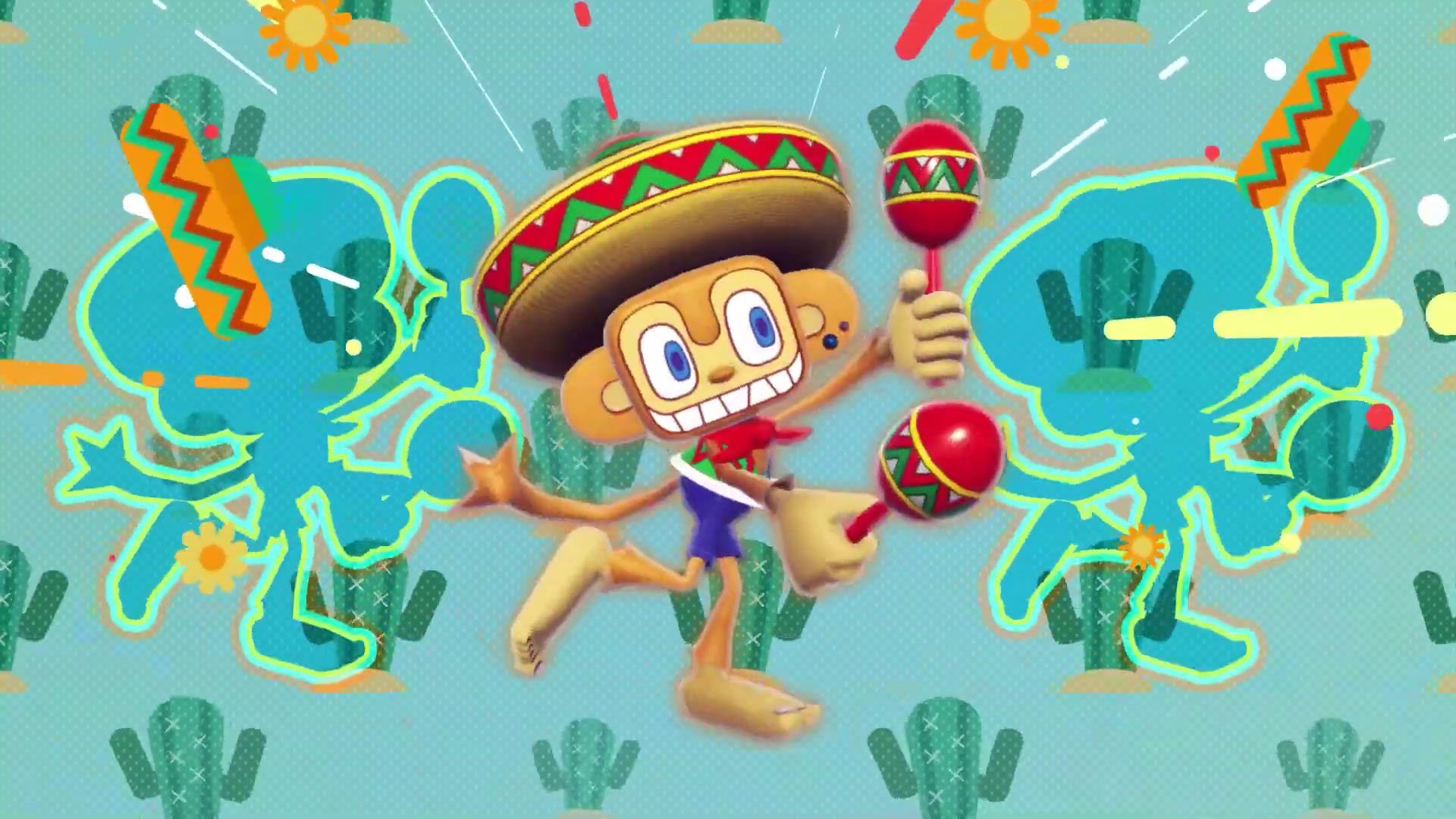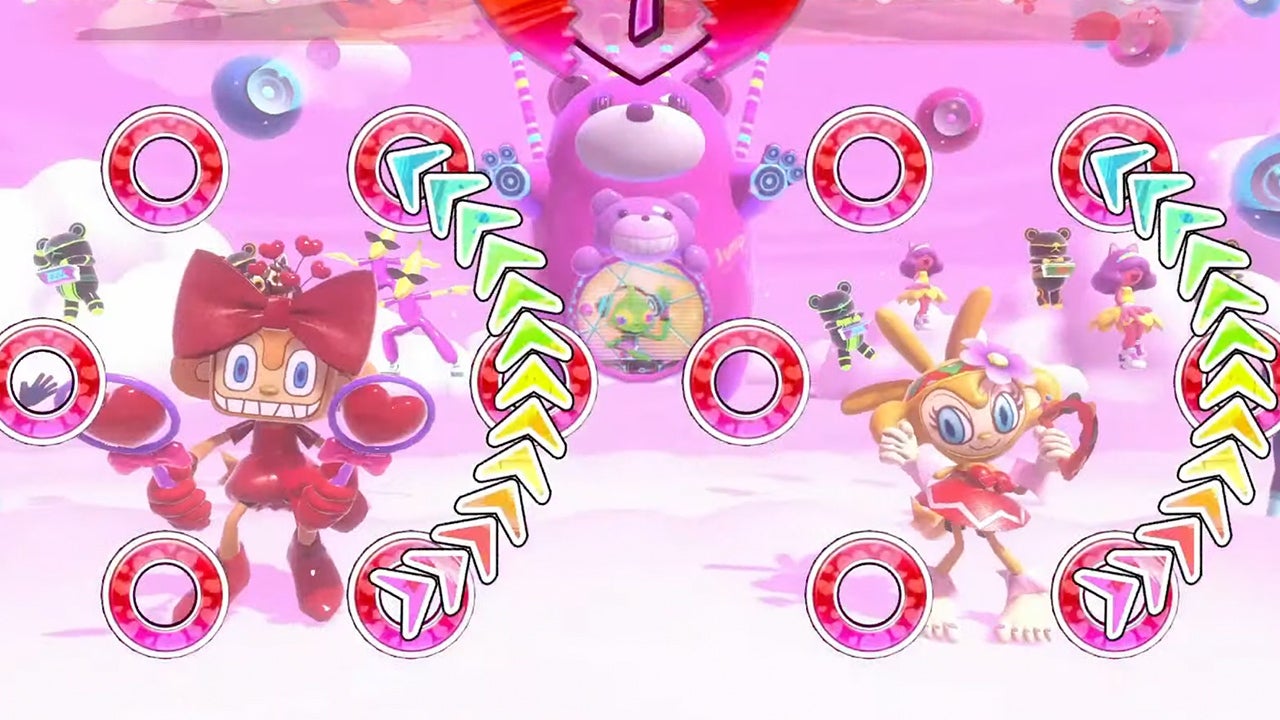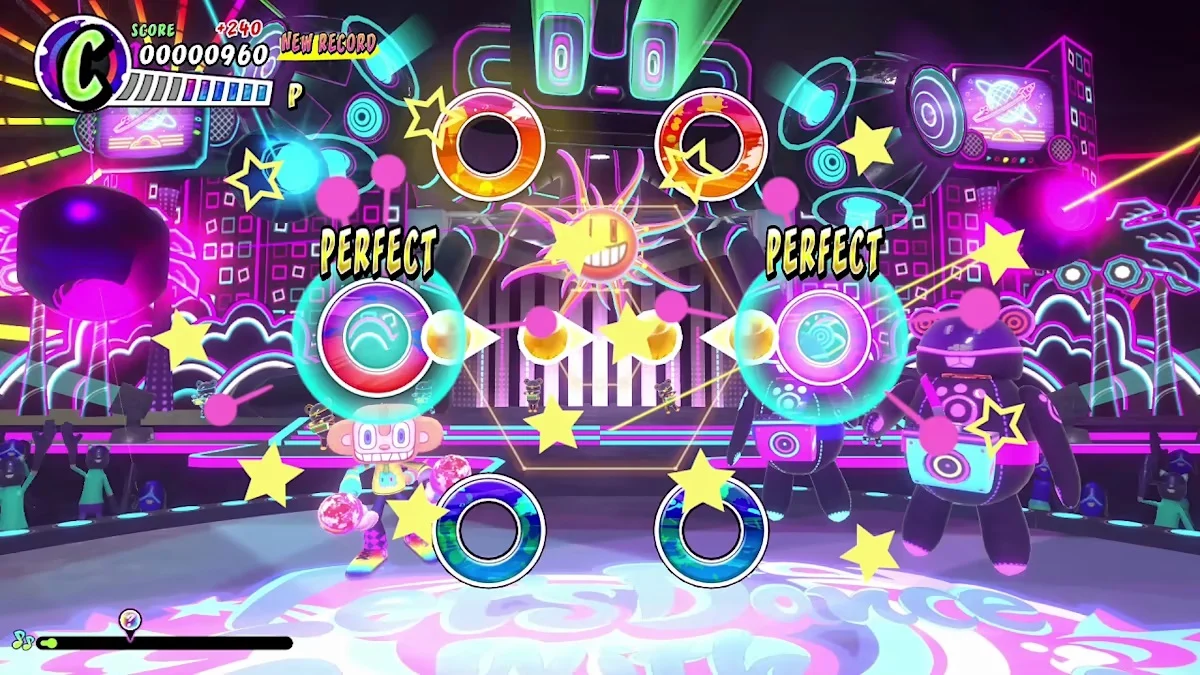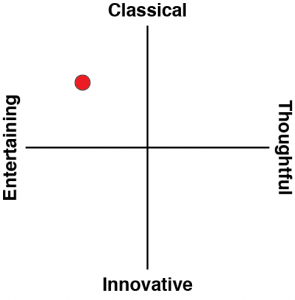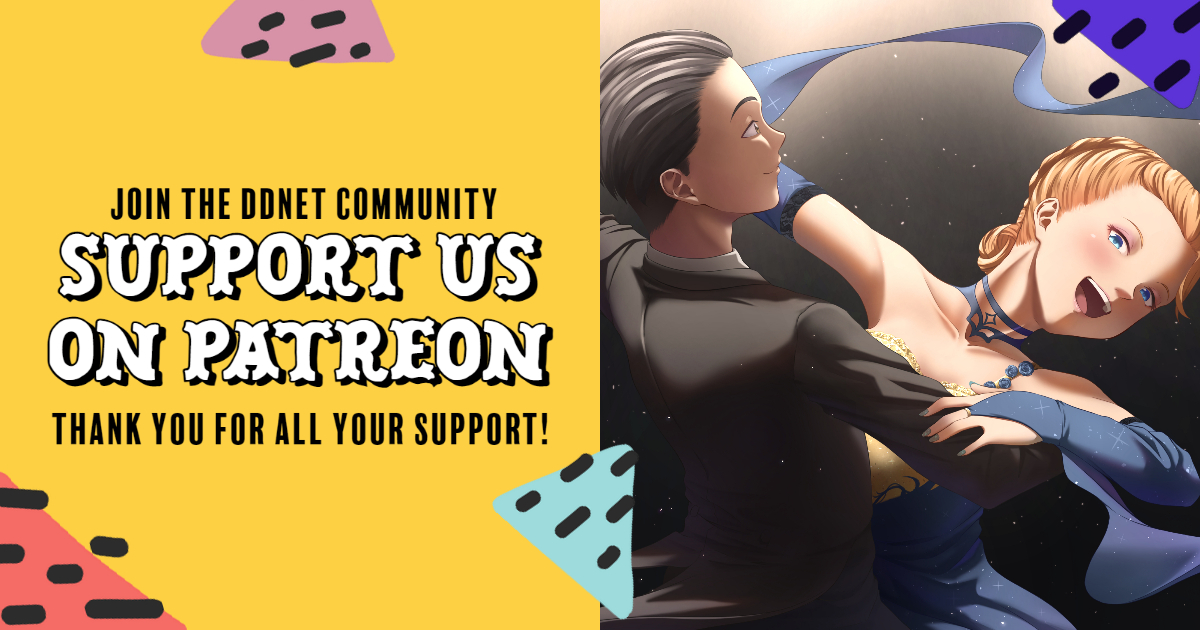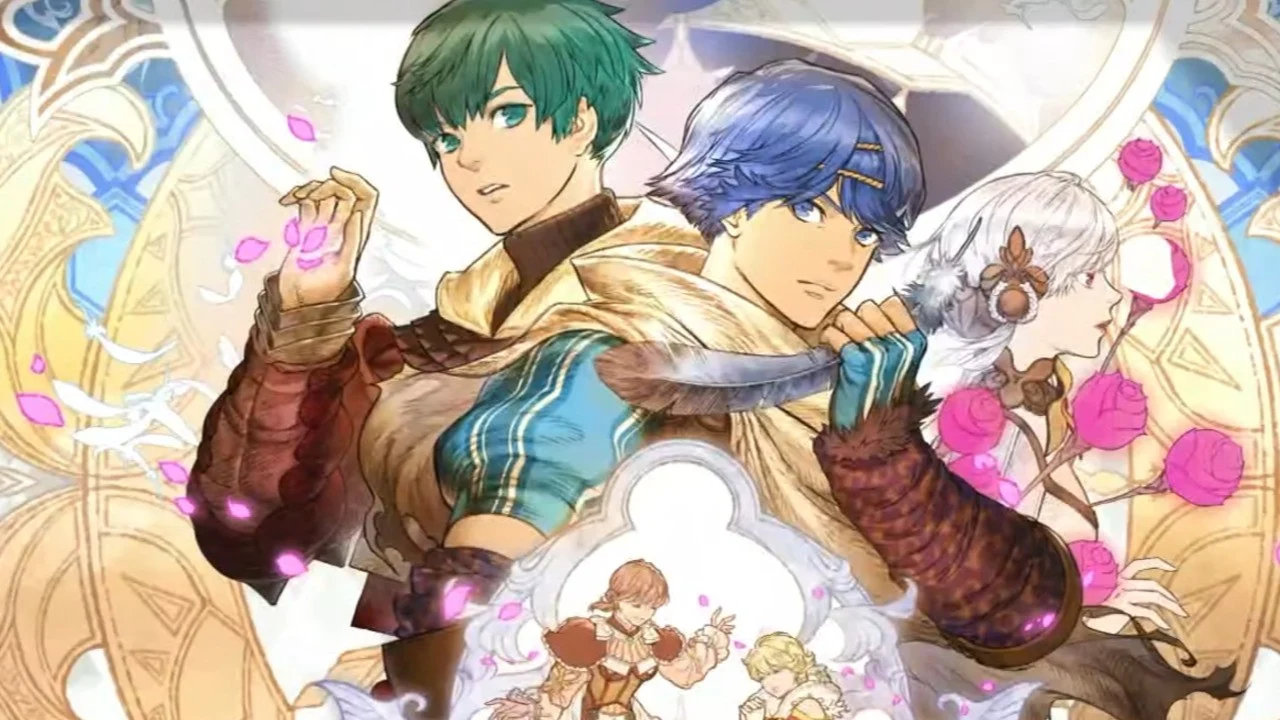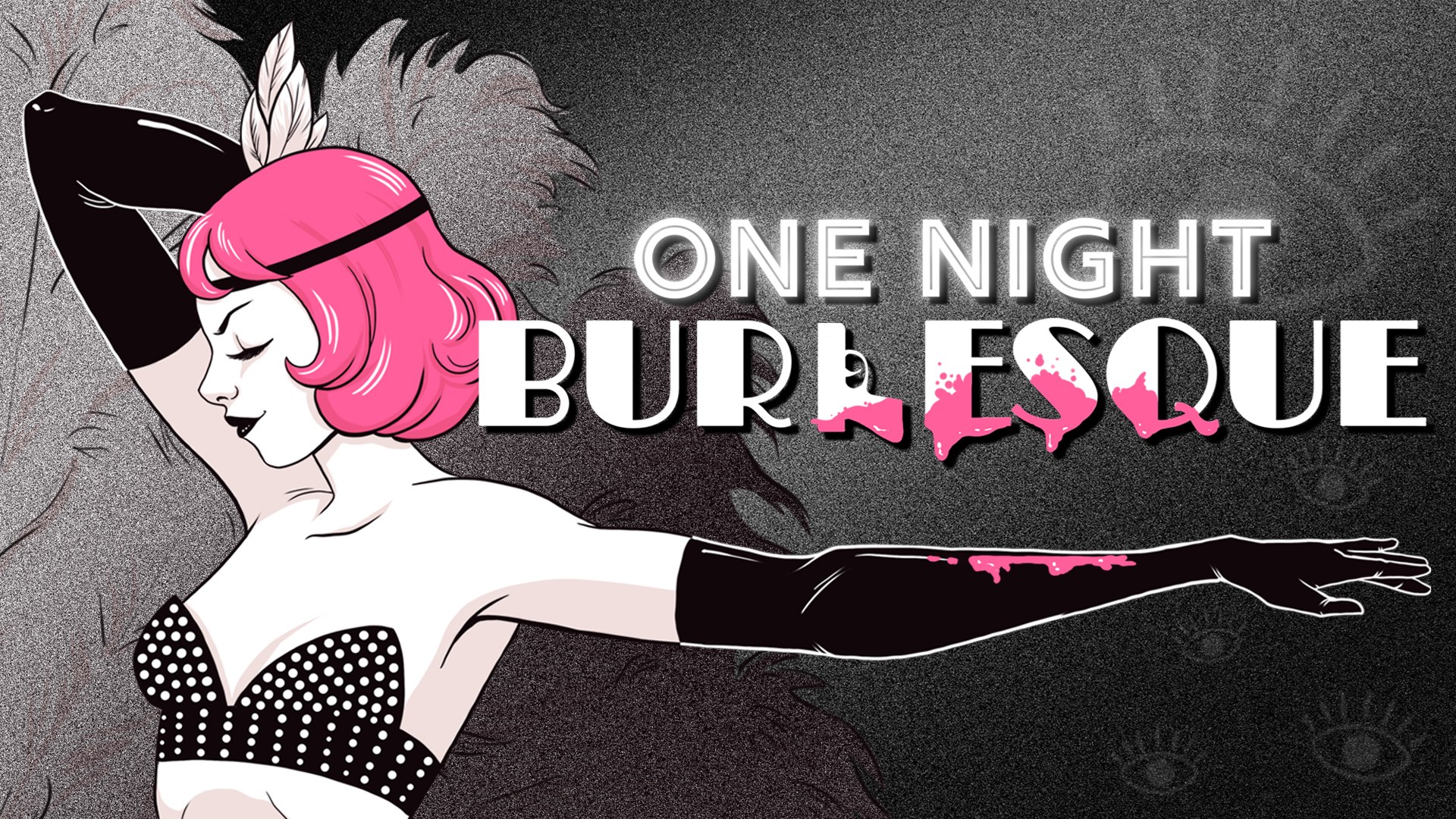Samba de Amigo is a game of pure joy and high-octane energy (with some acid surely thrown in when it was being developed). It comes across as an even more explosive explosion of colour and humour than Bandai Namco’s excellent Taiko the Drum series. In the party context that this game is designed around, there are few better ways to laugh through an evening. Unfortunately, as a rhythm game for genre fans, it’s not really there.
However, the good first. Not only is the colour and verve of Samba de Amigo infectious like the best of modern disco parties, but the soundtrack is sublime, too. There are some Latin and Mariachi favourites, as you would expect from a game with “Samba” in the title and maracas as the key motif. But then there’s a gamut of classic disco, modern electronica, Bon Jovi, Lady Gaga and Psy. While you’ll definitely want the DLC to bolster up what is a relatively thin track list in the base game, I cannot conceive of any circumstance in which this track list doesn’t fuel a night of booze and madcap “dancing.” It’s like how you go along to a wedding or similar local DJed event and you’ll inevitably get up to bop around a few times. Simply put, it’s a greatest hits of foot-tapping good noise.
The core gimmick is delightfully entertaining too. Rather than pressing buttons, the way you’re meant to play is to stand up, joycons in hand, and start waving your arms around in the direction of the beatmap on screen. Then, very frequently, you’ll be told to mimic a particular pose or movement within a set few seconds. Get a couple of people doing this simultaneously and you’re guaranteed to have a barrel of laughs. Unlike, say, Just Dance, Samba de Amigo isn’t going to intimidate people who are shy of their dancing abilities (or just competitive and yet uncoordinated), because it’s impossible to play this thing and not look ridiculous. Soon enough you lean right into it.
That same thing that makes Samba de Amigo such a joy to play is also its biggest failing, sadly. Put bluntly, while the joycons do a perfectly adequate job when playing in a party setting, the moment you start actively aiming for a high score you’re in for a world of frustration. The system simply isn’t precise enough, even though the windows to score a “perfect” for each note are quite large.
It is possible to play with buttons, but when you do that, the “strike a pose” commands become a frustratingly poor experience that isn’t nearly as fun as playing with the physical element present. Additionally, the note maps aren’t particularly inspired (which makes sense given that they were designed around the experience of shaking fake maracas, and not moving your hands and fingers rhythmically with the music). No, the Switch is blessed with so many excellent rhythm games – from Hatsune Miku and Taiko the Drum to niche indie projects like Deemo and Pianista to look at Samba de Amigo if you’re looking for a tight rhythm game.
That’s a pity, because the game modes are impressive. There’s a bonkers story that’s a joy to play through, but the real “meat” as far as a single-player game is concerned is the World Party mode, which was clearly inspired by Fall Guys. It takes place over three rounds, with each round featuring a random track at an escalating difficulty. Your job is to outperform the other players for the first round, as an ensemble of 30 players is whittled down to eight. Then in the final, you just need to come out on top. It’s unfortunate that such an excellent approach to rhythm game multiplayer would be let down by mechanics that aren’t friendly to competitive play, and I do think people recognise this because it already takes a few minutes to gather together a party of 30 players, but at least every player is dealing with the same imprecisions, and, for now, the wait is well worth it, given how much fun this mode is.
The one other disappointing thing about Samba de Amigo is the unlocks and rewards. Unfortunately, because getting perfect scores is less of a reward in itself (as it is in a Hatsune Miku game), the reason to play is to unlock silly accessories and things to dress your monkey avatar up in. These cosmetic items are fun and in isolation. It’s a giggle to play dress-ups. Unfortunately, once the rhythm action actually starts you’re not going to notice anything that the monkey’s doing. Because you’ll be concentrating on the fast-moving icons in the foreground, the background and the monkey dancing are going to be a blur of colour and energy.
I actually watched a track or two while someone else was playing and the background elements are great when you’re able to actually see them. But since you’ll not really be able to enjoy them while you’re playing, dressing the monkey up here simply isn’t as fun as playing dress-ups with Hatsune Miku, where you will be able to enjoy the music videos in the background as you play.
Reading back through this review it sounds negative, but that’s because I’m coming to it from the perspective of someone who generally plays single-player and is passionate about the skill tester side of rhythm games. Samba de Amigo is one of those rare rhythm games that isn’t expressly for me. I do love its quality as a party game, and a drinking game, and so it’ll stay firmly in my Switch’s memory. It’s just that, even despite the cracking soundtrack, it’s also not going to join the rotation of rhythm games I use to de-stress and tune out of the world with.
